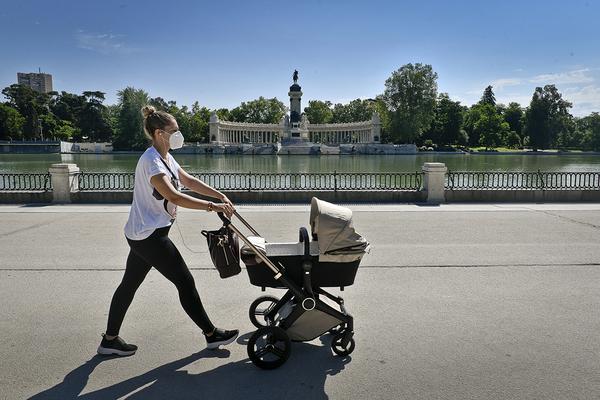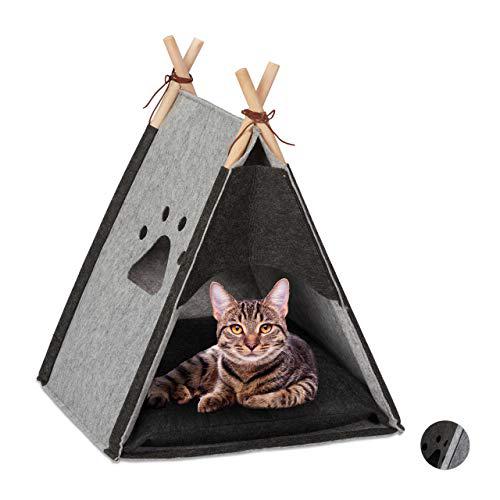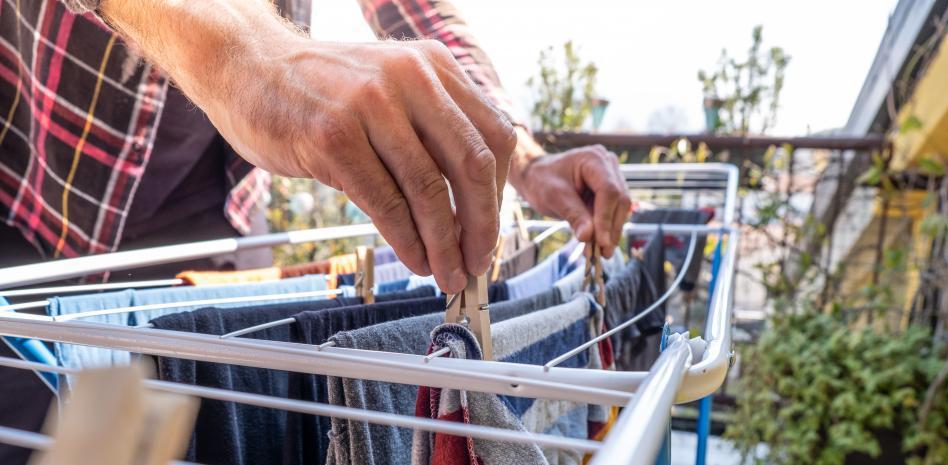The little 'sharks' of Wallapop that accumulate hundreds of sales
Most users sell what they have left over on Wallapop, the popular second-hand platform. But there are also super sellers, whose profiles show that they have closed more than 300, 500 or 800 sales. Who sells so much? And where do they get so many articles? Until a few years ago, the second-hand market in Spain was a minority. He lived secluded in flea markets or relegated to certain categories, such as cars. But in the last decade it has resurfaced thanks to the Internet and, more specifically, applications. More than 90% of people under the age of 35 have used digital trading platforms, according to a 2019 OCU report, which also stated that Wallapop is the platform preferred by users.
The OCU indicates which are the categories that move the most in second hand. Electronics goes first. Furniture and household items follow, and then there is clothing. In Esther's profile, who has sold more than 850 items on Wallapop, you can find a representation of all of them and many more. There are jackets, glasses, a sofa, books, a salt shaker, a vintage Cola Cao box, toys, a wheelchair, glasses or a keychain from Expo 92 in Seville.
"I begin to see what is not worth it at home and I begin to post ads," says the 51-year-old user, who has been on Wallapop for the last three years. “You go to your mother's house and ask, 'Mom, do you want this here? Right? Well, I'll take it," she says. “You rescue things from your mother's house, from your in-laws. And of course, the children. Before you gave away everything, the car, the crib. Now you're trying to get something out." Esther affirms that more than earning money, she seeks to get rid of what she has left over. “Wallapop is for getting things off your back,” she stresses. Although for her, who works in import-export with China, buying and selling comes to her as a hobby and as a profession.
Something similar happens to Danny, who mainly sells Apple products. He was a salesperson in his country of origin, Russia, where he also started selling second-hand websites, such as Aviita and Yula. Now based in Barcelona, he has used platforms like eBay or Milanuncios.
He entered Wallapop for the first time five years ago, but started uploading ads two years ago. Since then he has accumulated more than 200 products sold and currently has another 150 items for sale. “I have a friend who does computer repairs and he leaves me some products at a good price. I buy them in packs and then I resell them”, explains Danny, who is 35 years old and works in the audiovisual sector. Why does he bother to sell on Wallapop? He claims that he does it as a hobby.

The company recognizes the value of these supersellers, but clarifies that they do not receive any different treatment "They are part of the essential Wallapop community, as are those professional sellers or individuals who do not have as much sales volume," says a platform spokesperson.
Maria, from Bilbao, had her own reasons to start. Her account is called mydressingexplota. And she was literal, as she admits: "There came a time when I had clothes hanging on the curtain rods in the rooms because she no longer fit me in the closets." She decided to clean up and Wallapop became the right tool. Later she would use other platforms, such as Vinted, also second-hand. It started selling in 2017 and has already placed more than 300 items. "I don't buy even a quarter of what I used to," she says. But she still has ammo to sell. "You accumulate many things that you don't wear or that you've only worn once and you're not going to wear them again," she explains.
Clothing is one of the fastest growing categories in second hand. The value of its market is estimated at 28,000 million dollars worldwide, but will reach 64,000 million in five years, according to a study by ThredUp, a specific platform for the sale of used clothing. The estimates in this report suggest that in 2029 second-hand clothes will occupy 19% of our wardrobes (in 2009 it was only 3%).
An extra but not a job
María tells that she filled the dressing room when she worked in clothing stores. From seeing that dress or that coat so much, one of them was worn. Now what she has she accumulates in a room left over from her apartment. In total and without much thought, she calculates that she will have entered between 2,000 and 2,500 euros for Wallapop. "You're not going to go out with this when you're poor," she says. “But it is an extra that you do not expect, that to have the clothes dying of laughter in the closet is a little money that I get and it suits me”.
Danny makes about 10 sales a month, which can be around 300 or 400 euros. "But you have to deduct half from there," she says. Well, first he has to buy the products from his friend's repair shop. In any case, these figures are much higher than those of an occasional seller, who is the majority. In its report, the OCU pointed out that users sell about six items on average per year. The estimated average price per sale: 81 euros.
Esther also earns considerably more than average. She earns between 80 and 120 euros a month, according to her calculations. For her it is more about recycling, about giving a second use to that object that is no longer worth it to you. She says that her interest in buying and selling came from her childhood, from the neighborhood. She has been living in Barcelona for 15 years, but she is from Madrid, from Puerta de Toledo, a stone's throw from the Rastro. “I loved going. She bought a lot of old things. I loved vintage. Before you went to the Rastro and bought and sold; records or whatever."
Wallapop has made reuse one of its flags as a company. “Right now we are more aware than ever of the sustainable factor of second hand. A study carried out by Wallapop together with Ipsos indicated that two out of three Spaniards are willing to ignore new objects in favor of buying second-hand or repairing what they already have”, they point out from the company.
In her profile, Esther has more than 100 items for sale. Some of her friends even give her products to sell. They know that her profile moves more and a lot of people follow her. His trick of hers to sell? "Put good prices, below the market." The goal, she repeats, is not to make money but to get rid of those things that are extra.
Her pricing policy coincides with Maria's. "For someone to sell it to me on Wallapop for 50 euros while it's 55 in the store, I still prefer to go to the store," says the Bilbao woman, who has her own method to sell more. “At first I only took photos of the product. But people sent me messages to find out how it turned out, ”she says. “Unless people already have the clothes on file in the store and know how they look, it is difficult to sell them only with photos of the product. So I started taking pictures of myself with my clothes on.” In addition, she became Instagram and takes advantage of some of the images that she uploads to later upload them to Wallapop.
Danny's tricks are "typical," she stresses. "I restart the ad again or upload it again." Although sometimes she goes a little further. “I've worked in programming before, with PHP and Python, and I know how the algorithms on these pages work. I put hashtags, which have more visibility, and I also put the text with errors, because people sometimes write it wrong and search for it that way”. Even spelling counts to sell more.
You can follow EL PAÍS TECNOLOGÍA RETINA on Facebook, Twitter, Instagram or subscribe to our Newsletter here.








